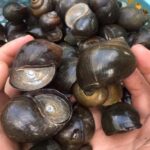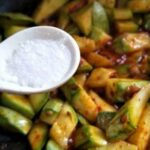Adding spices can enhance the flavor of the meat and eliminate any fishy odor, but using the wrong spices can cause a negative reaction, making your dish taste even worse.
Here are three spices that, if added to a pot of boiled pork, will ruin its flavor. Let’s find out what they are with Bếp Eva.
1. Peppercorns
Peppercorns are known for enhancing the flavor of dishes, but they should never be added when boiling pork. The strong flavor of pepper can overpower the natural taste of the pork.
Moreover, peppercorns can make the pork dry and tough, reducing its tenderness. Therefore, experienced chefs advise against adding peppercorns when boiling pork.
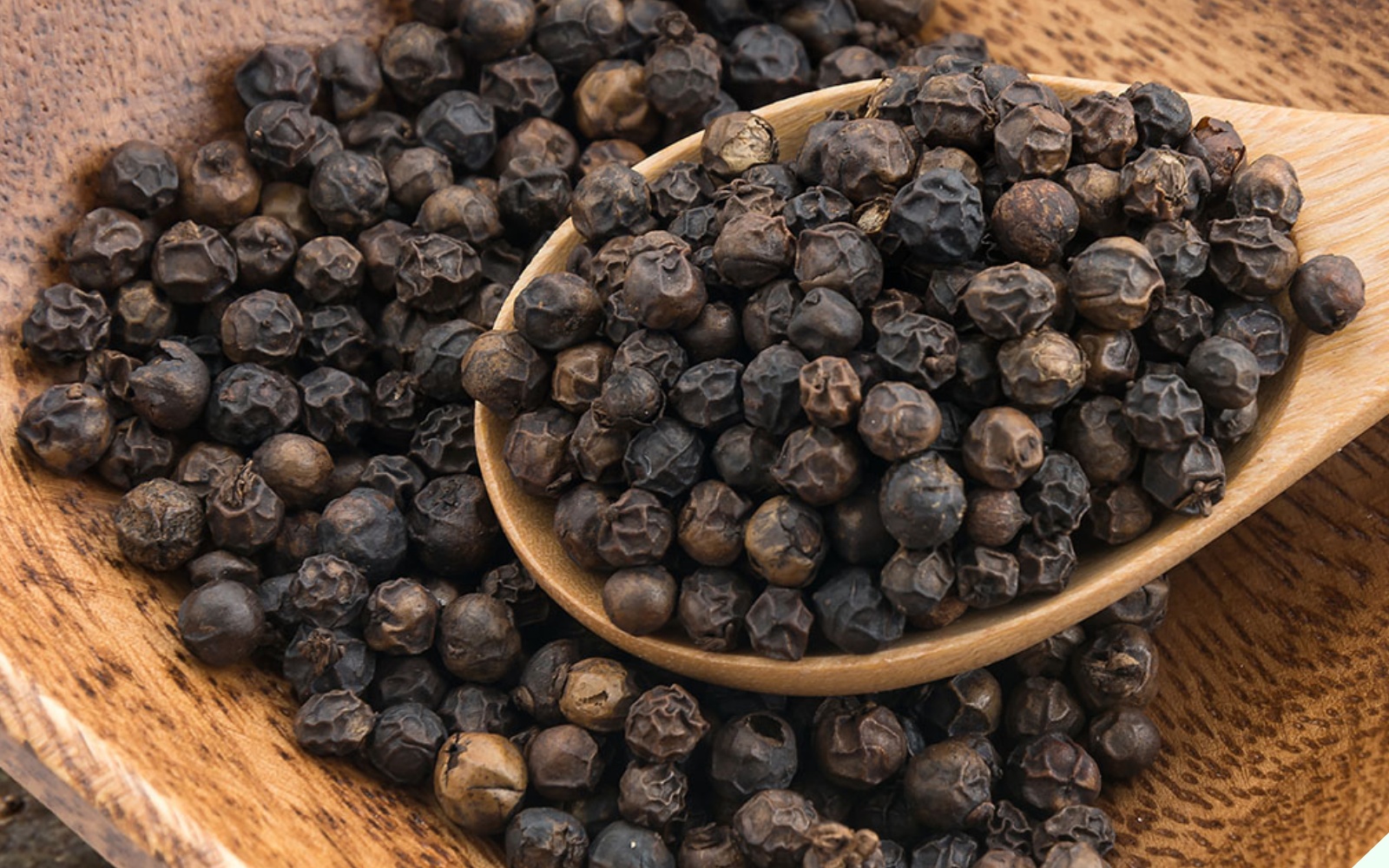
2. Cooking Wine
Cooking wine is one of the best spices for eliminating fishy odors. Adding it to a dish can enhance its aroma and mask any unpleasant smells. But why shouldn’t we add it when boiling pork?
Experienced chefs explain that when boiling pork, it is common to cover the pot with a lid. If cooking wine is added, the alcohol vapor will not escape and will condense in the pot. The combination of the wine’s aroma and the natural pork odor can negatively affect the dish’s overall flavor.
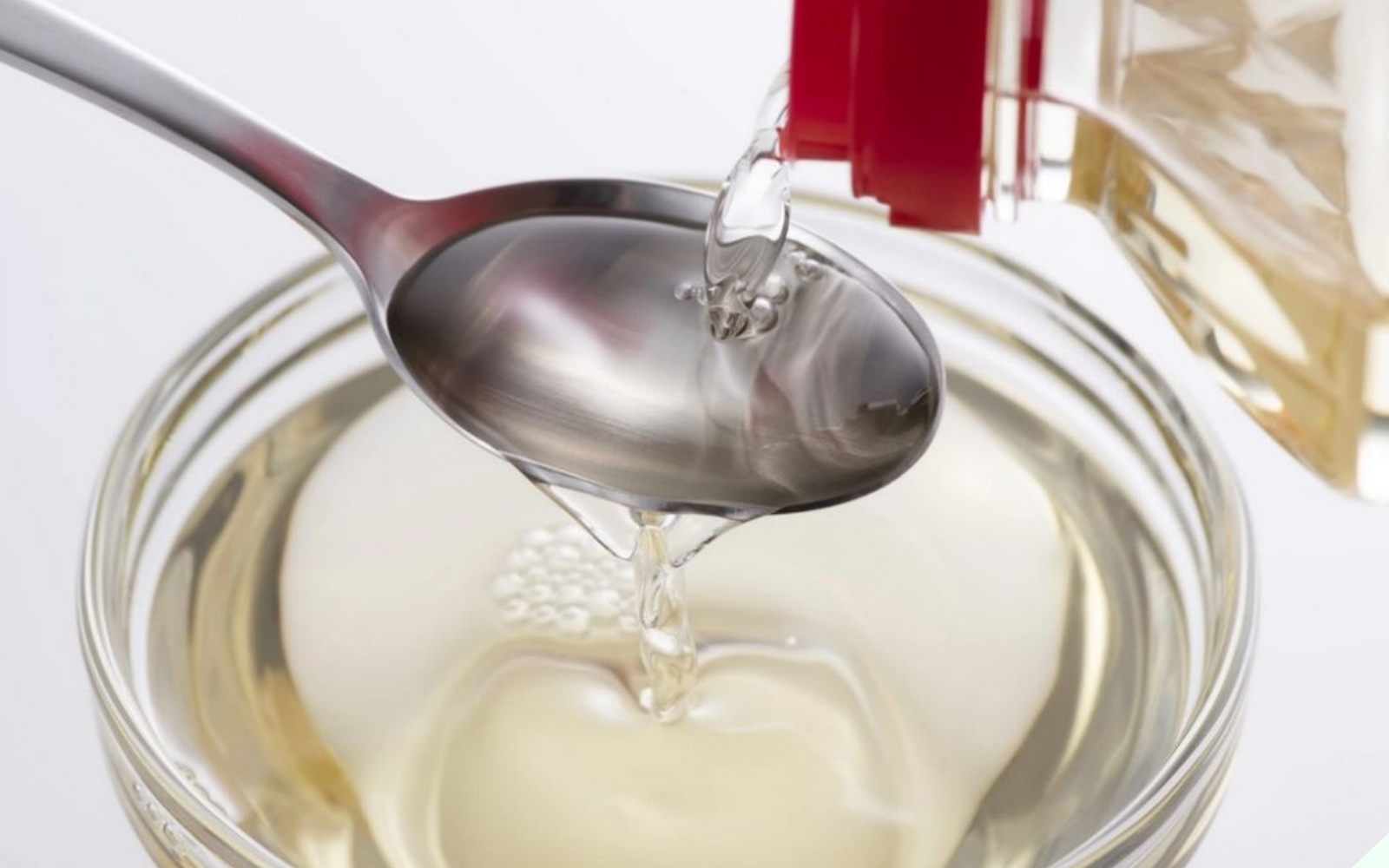
3. Hawthorn (Crataegus)
Hawthorn, also known as hawthorn berry or haw, is commonly used in cooking, especially in dishes that require long simmering times. Research shows that hawthorn contains high levels of organic acids and lipase, which accelerate the breakdown of proteins and fats, making the meat softer and more tender.
However, hawthorn is only suitable for meats high in protein and fat, such as beef. It should not be used for pork.
Adding hawthorn to boiled pork can make the meat sour and give it an unusual odor, detracting from its original flavor.
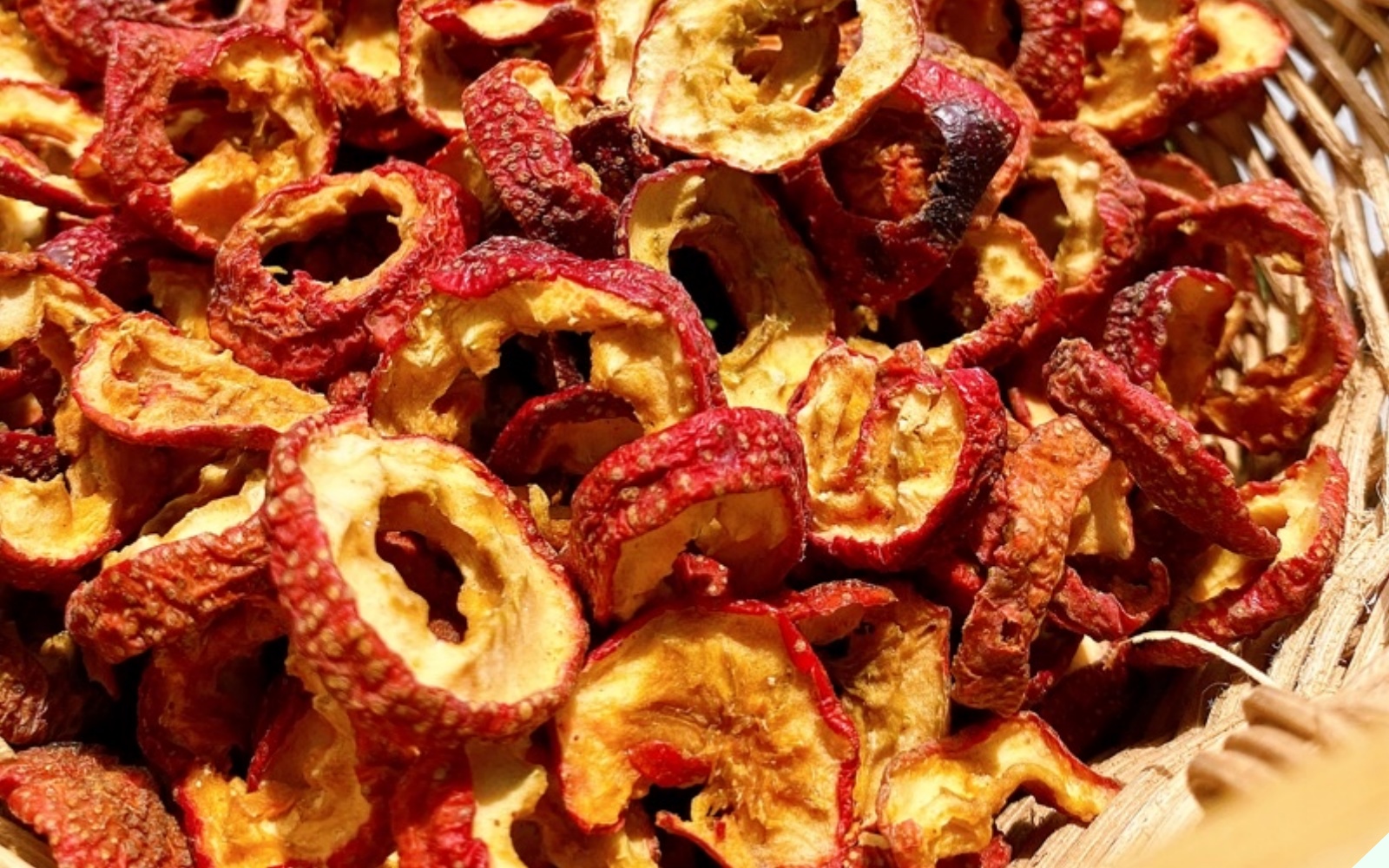
To enjoy perfectly boiled pork, you can refer to the simple recipe shared by Bếp Eva below.
Ingredients
– 500g pork belly
– 1 bulb of shallot
– 1-2 bulbs of garlic
– 1 knob of ginger
– 1 teaspoon of salt
– Spring onions
– 2-3 tablespoons of cooking oil
– 2 tablespoons of soy sauce
– 2 tablespoons of balsamic vinegar
– 1 tablespoon of cooking wine
* Tip for choosing delicious pork belly:
– Color:
Choose a piece of meat with a bright color. The lean meat should be a fresh pink, and the fat should be a bright white.
– Ratio of lean meat to fat
Delicious pork belly should have an even distribution of lean meat and fat. Too much lean meat will make the dish dry, while an excess of fat will make it overly greasy.
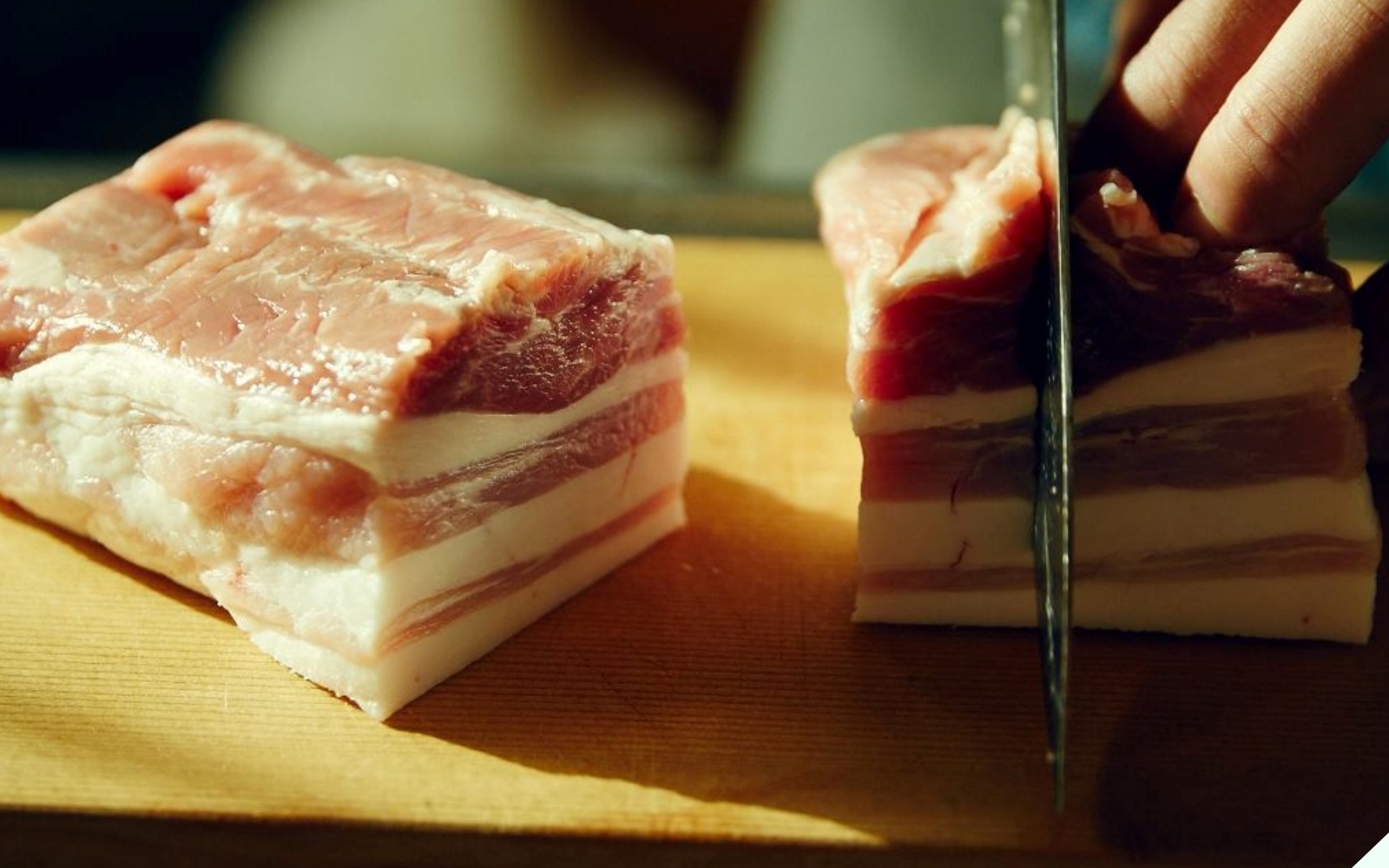
– Texture
The lean meat and fat should be firmly attached to each other. When picked up, the meat should not feel loose or flabby.
– Aroma
Delicious pork belly has a distinctive meat aroma, free from any strange odors.
– Elasticity
Gently press the surface of the pork with your finger. If the meat quickly returns to its original state, it is of good quality. It should feel firm, not soft and watery.
Boiling Instructions
Step 1: Preparation
– Rinse the pork belly with water.
– Soak the meat in a bowl of rice washing water for 5-10 minutes to remove any fishy odor or residual blood.
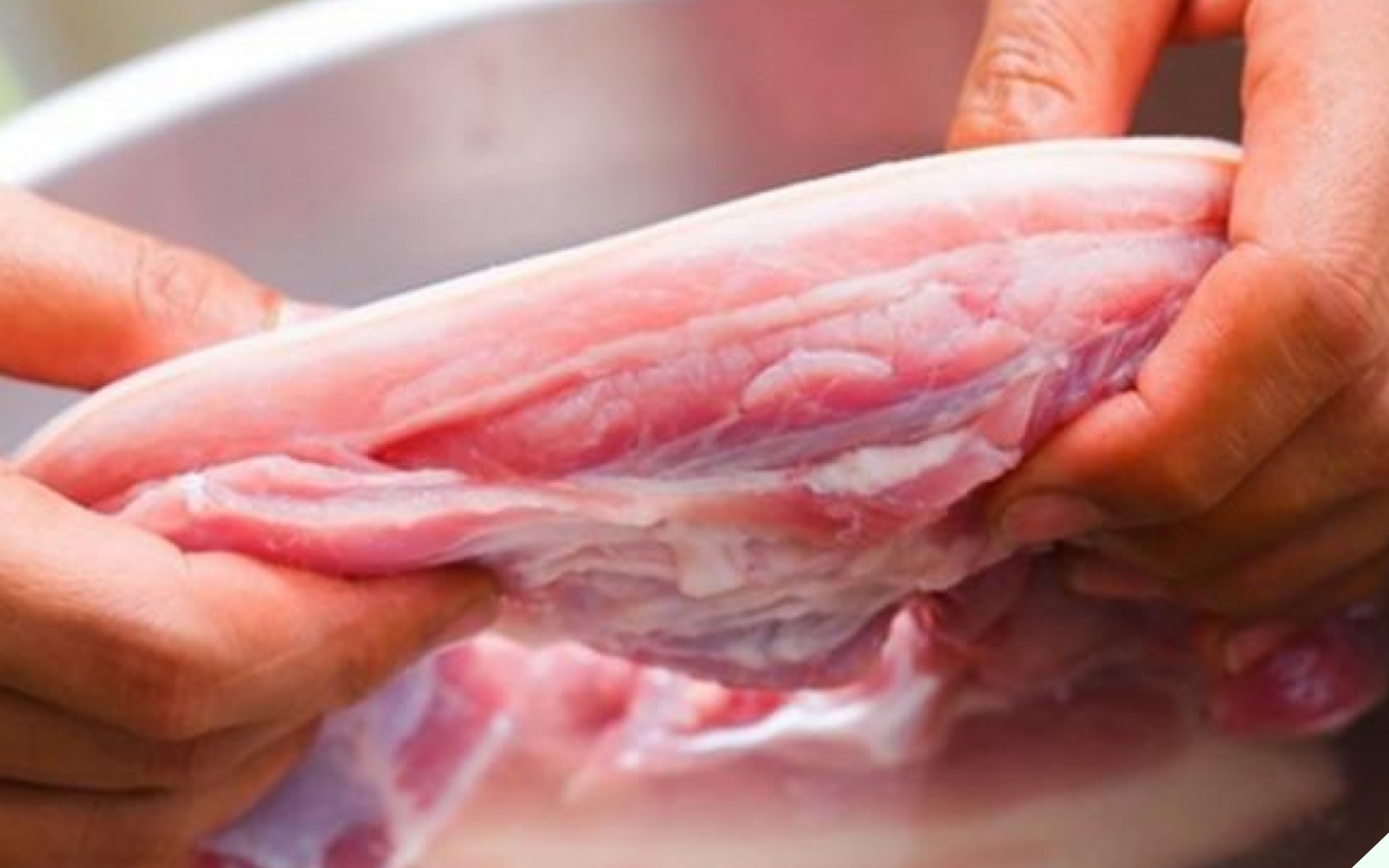
– Peel and finely chop the shallots, garlic, and ginger. Slice half of the ginger and chop the other half.
– Remove the roots of the spring onions, rinse them, and chop them finely.
Step 2: Parboil the Meat
– Place the meat in a pot and add cold water until the surface is covered.
– Add the sliced shallots and ginger, then bring to a boil.
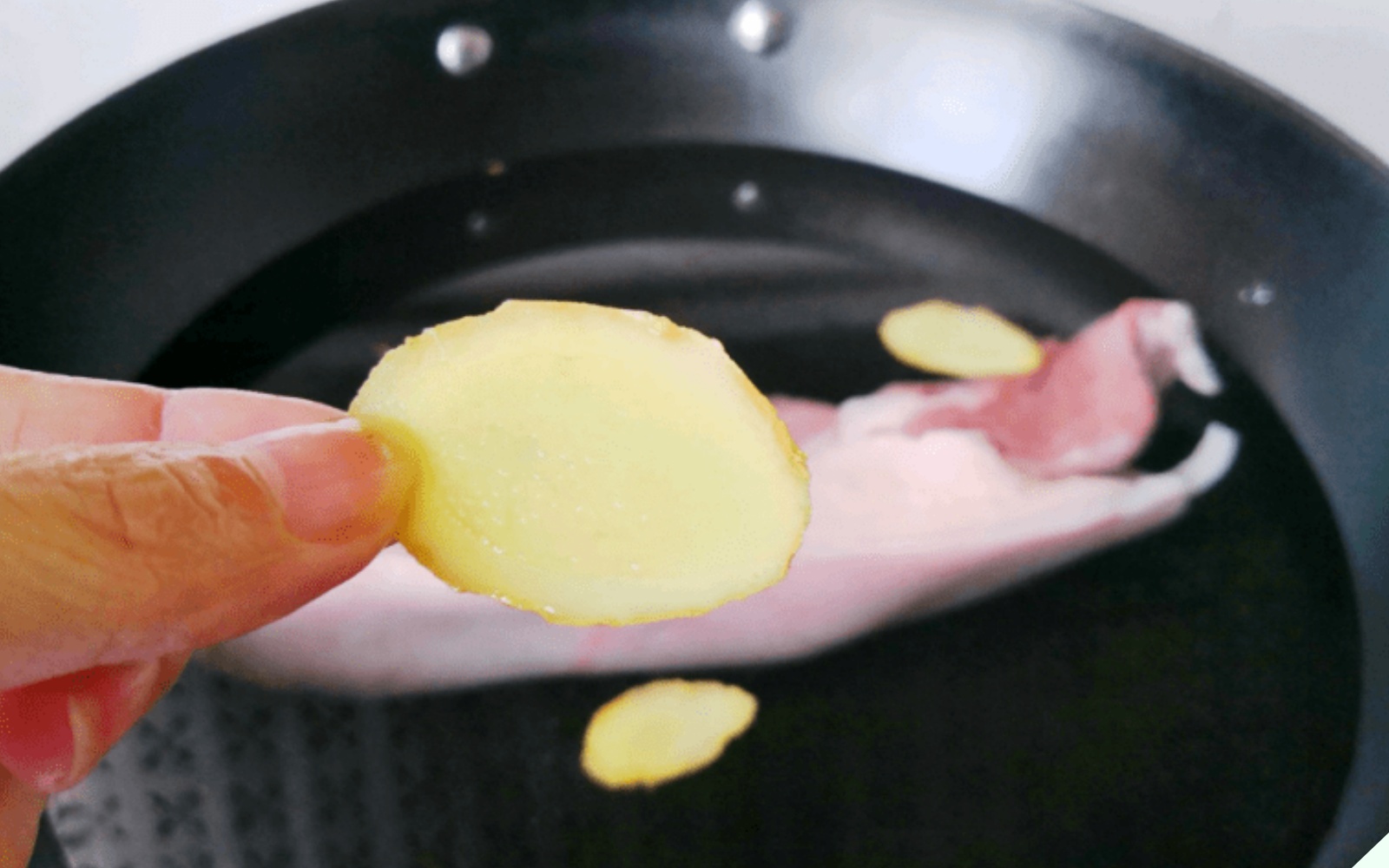
– Once the water boils, skim off the foam that forms on the surface, then wait about 3 minutes before removing the meat.
– Rinse the meat thoroughly with water, then proceed to boil it.
Step 3: Boil the Meat
– Place a clean pot on the stove, add the parboiled meat, shallots, and ginger, then pour in hot water.
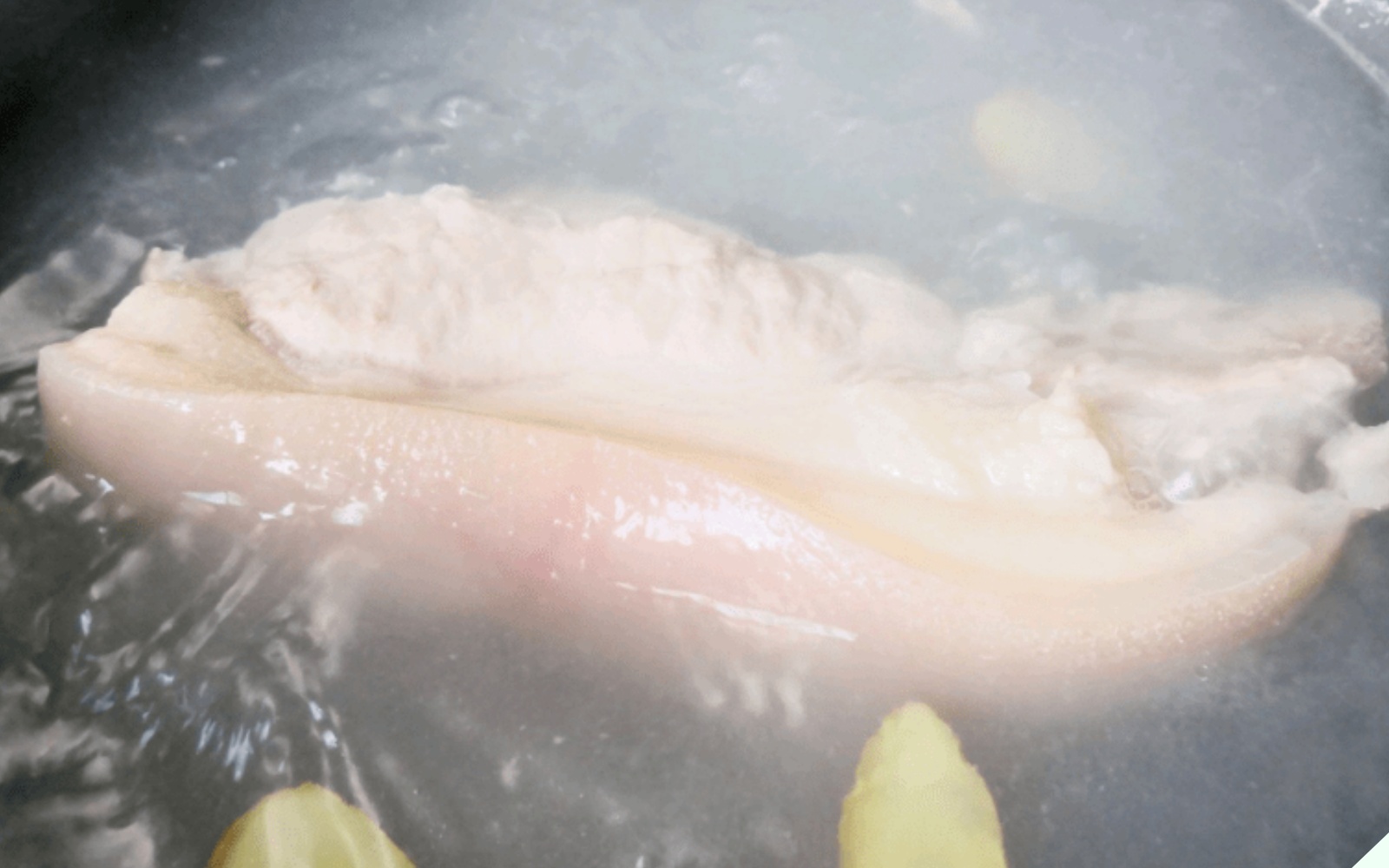
– Turn on the heat and bring the water to a boil. Once boiling, reduce the heat to low and simmer for about 30 minutes before turning off the heat.
– To check if the meat is cooked, poke it with a pair of chopsticks. If the meat is tender and no red liquid oozes out, it is ready.
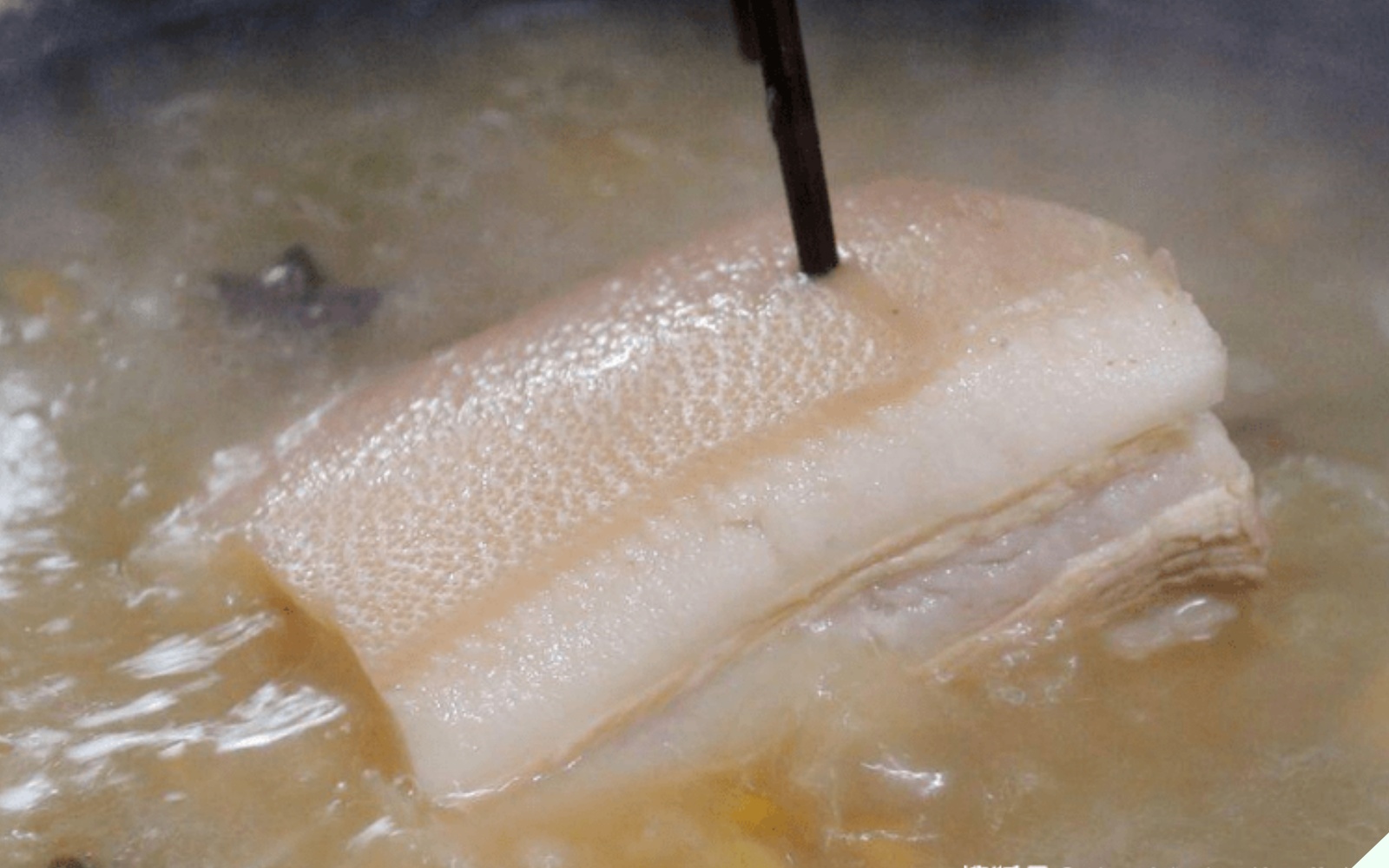
– Remove the meat and place it in a bowl of ice water to firm up the surface, making it cooler and more flavorful.
Step 4: Make the Garlic Sauce
– In a bowl, combine the chopped spring onions, ginger, and garlic. Pour hot oil over them, then add soy sauce, balsamic vinegar, and a pinch of salt.
– Mix well with chopsticks until all the ingredients are incorporated.
Step 5: Finalize
– Cut the meat into bite-sized pieces and arrange them on a plate.

– Drizzle the garlic sauce over the meat, reserving some for dipping.
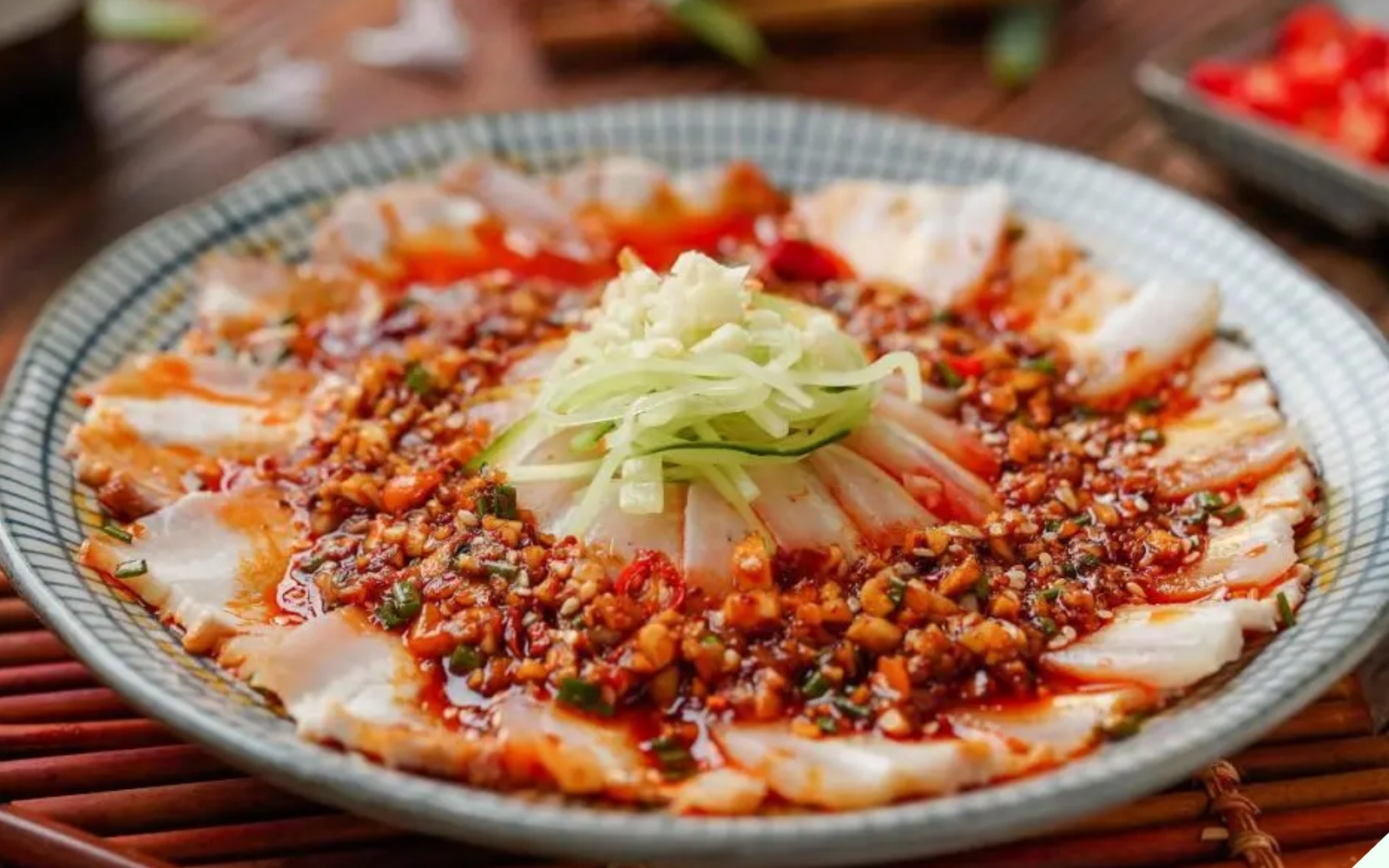
Desired Outcome
The boiled pork should be tender and flavorful. The meat, when combined with the garlic sauce, creates a unique and mouthwatering dish. It can be served with cucumbers to enhance its flavor.
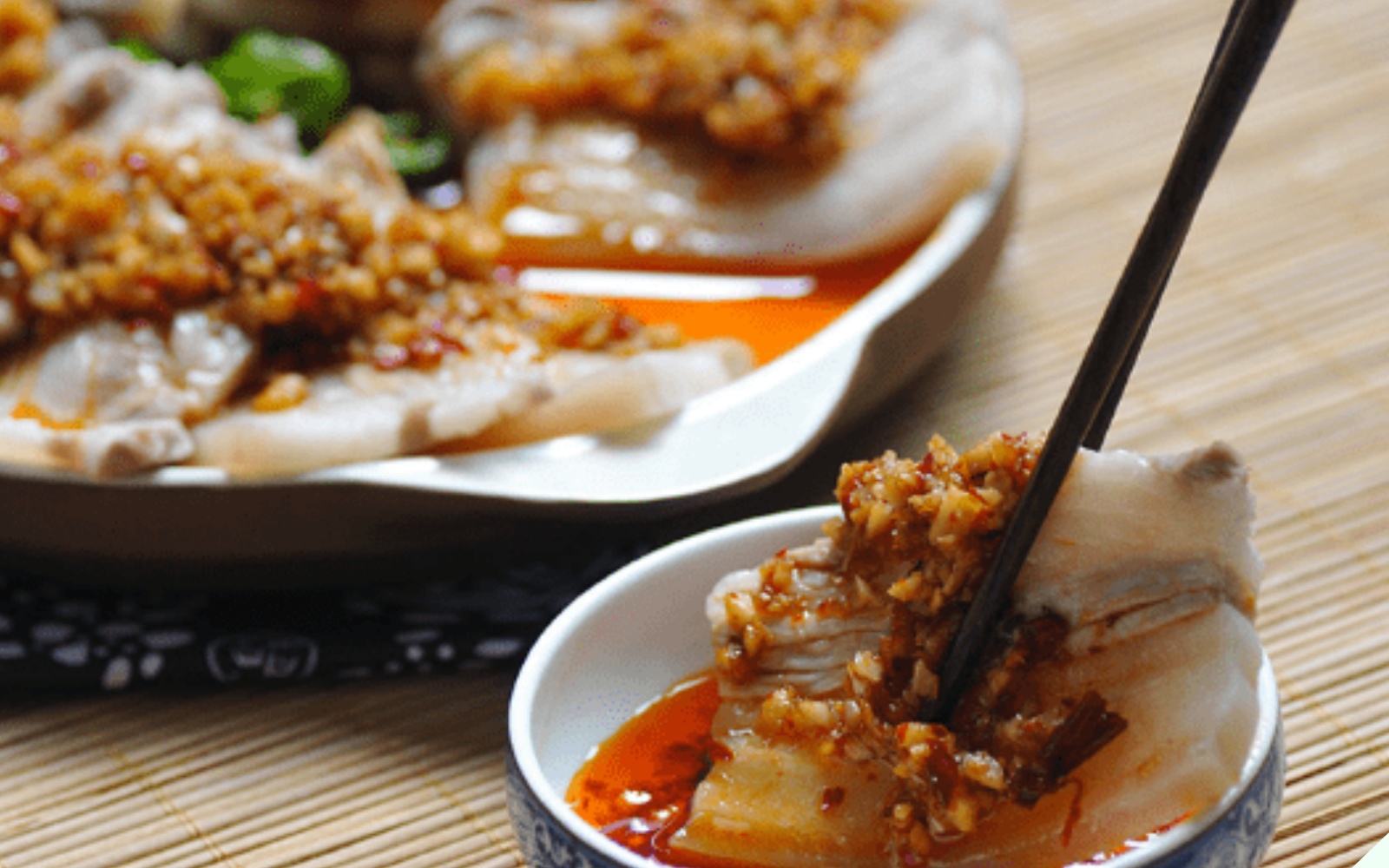
The pork is cooked just right, tender but not overcooked. Notably, with this boiling method, the meat will not be dry or chewy. The slightly acidic and spicy sauce helps balance out the richness of the dish.
The Secret to Succulent Snails: A Simple Trick to Keep Them Plump and Tasty
Introducing the ultimate solution to keep your snails plump and healthy – even if you’re not ready to boil them yet! This innovative method is a game-changer for anyone who wants to ensure their snails stay in tip-top shape. With this secret weapon, you can rest assured that your snails will maintain their fullness and vitality. Stay tuned to uncover the surprising answer!
The Tasty Tales of Miss Oanh: A Culinary Adventure that Spiced Up the Vietnamese Celebrity Sphere
“I may cook simple dishes, but I pride myself on presentation. My culinary creations are a feast for the eyes, artfully arranged to tempt and tantalize – a true visual delight. I believe that we eat with our eyes first, and so I ensure that each meal is a beautiful sight to behold, a true feast for all the senses.”


























